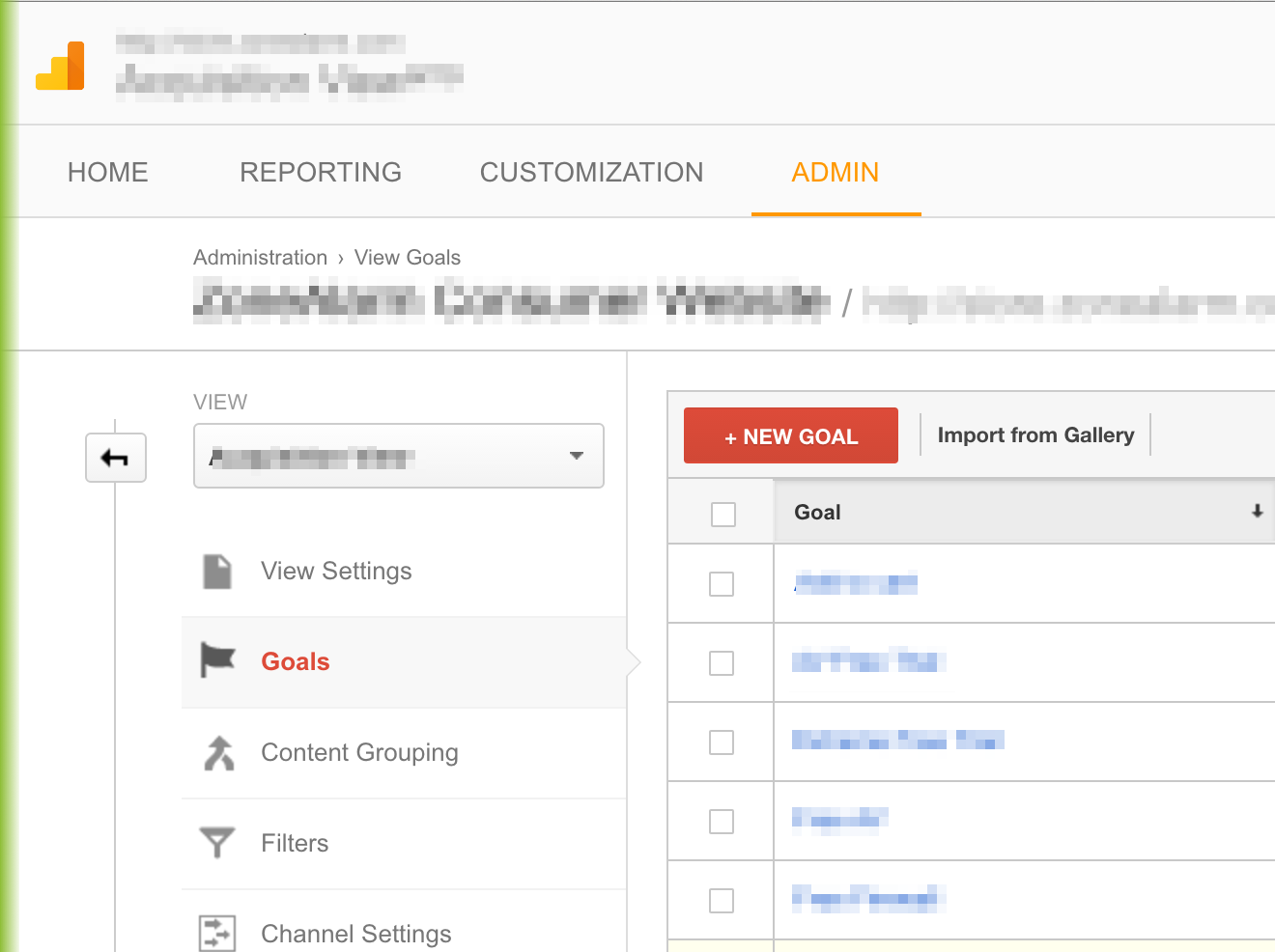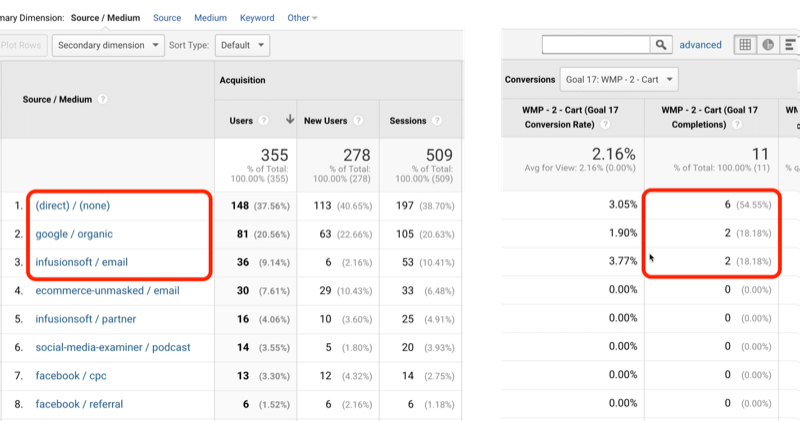Debunking Google Analytics Limitations: Discover What Data Goals Can not Track
In the realm of electronic analytics, Google Analytics stands as an effective device that provides valuable insights right into web site efficiency and individual habits. From the details of individual communication with vibrant material to the intricacies of cross-device individual trips, these restrictions shed light on locations that might continue to be covered from standard analytics point of views.

Customer Interaction With Dynamic Web Content
User interaction with vibrant content plays a critical role in recognizing customer behavior on web sites and optimizing the total user experience. Dynamic material describes components on a website that can alter without the demand for a full page reload. This consists of interactive elements such as pop-ups, sliders, types, and video clips that react to user activities in real-time. By tracking individual communications with vibrant content, internet site proprietors can gain valuable understandings right into user interaction, preferences, and habits.
Google Analytics offers different tools to track individual communications with dynamic material, such as event tracking and virtual pageviews. Occasion monitoring enables you to keep an eye on certain individual activities, like clicking a switch or seeing a video clip, supplying information on exactly how individuals connect with vibrant aspects. Online pageviews can be made use of to track interactions that do not result in a new web page tons, offering a detailed view of user interaction with vibrant material. By examining this data, website proprietors can make educated decisions to boost individual experience and drive conversions.
Cross-Device User Journeys
How can modern analytics tools track the complicated courses individuals take across several tools in their on-line journeys? Cross-device user journeys provide a significant obstacle for tracking and evaluating customer habits accurately. As customers engage with web sites or apps utilizing various gadgets such as desktops, tablets, and smart devices, it ends up being essential to comprehend just how they relocate between these platforms to enhance individual experience properly.
Google Analytics deals with constraints in tracking cross-device customer trips as a result of personal privacy worries and technological restrictions - what data is google analytics goals unable to track. While it can supply understandings into private tools' communications, tracking a smooth customer journey throughout numerous gadgets remains a challenge. This limitation can lead to insufficient data and fragmented individual insights, making it tough for businesses to develop a unified view of the client journey
To address this concern, organizations can make use of advanced analytics tools that provide cross-device tracking capacities, enabling them to obtain a much more alternative understanding of individual behavior. By leveraging these devices, companies can link the gap in tracking cross-device customer journeys and enhance their electronic approaches for a smooth individual experience.
Offline Conversions and Attribution
As companies browse the obstacles of tracking cross-device individual trips, an additional crucial aspect to consider is the world of offline conversions and acknowledgment in the realm of data analytics. While Google Analytics gives important understandings into online individual habits, it falls short when it concerns tracking conversions that take place offline. This restriction positions a significant challenge for companies that have both online and offline sales channels.
Offline conversions, such as purchases made in physical shops or with phone call centers, are vital to comprehending the complete consumer trip. Without the capability to attribute these offline conversions to particular on the internet interactions, companies might have a hard time to properly determine the influence of their digital marketing initiatives.
To resolve this gap, services can check out alternative services such as integrating CRM systems with on the internet analytics devices or utilizing special coupon codes that can be mapped back to on-line projects. By bridging the space in between online and offline information, organizations can get an extra extensive understanding of their clients' habits and boost their total marketing methods.
Person Individual Recognition
In the world of information analytics, the capacity to precisely recognize specific customers across numerous on-line touchpoints is an essential difficulty for companies seeking to customize and click this link enhance their advertising and marketing methods. While Google Analytics gives important understandings into individual behavior and interactions, it falls brief in allowing the recognition of particular people because of privacy concerns and technological limitations. Google Analytics uses one-of-a-kind identifiers such as cookies to track customer sessions and actions, however these do not equate to identifying individual users in an individual feeling.

Data From Secure Pages
Despite the boosting occurrence of safe and secure pages on web sites, acquiring information from these encrypted sources offers an one-of-a-kind obstacle for digital analytics platforms like Google Analytics. Secure web pages, shown by HTTPS in the URL, secure data traded in between the customer's browser and the site's web server to ensure personal privacy and safety. While this encryption is essential for protecting delicate details, it additionally presents limitations for tracking user habits and event analytics data.
Google Analytics deals with obstacles in collecting comprehensive details from secure pages due to the security methods in place. Therefore, particular information points such as reference sources, keyword searches, and also some customer interactions may not be fully captured when individuals access a web site through a safe and secure link. This constraint can influence the precision and completeness of the data evaluation, resulting in voids in comprehending individual behavior and preferences on safe and secure web pages.
To browse this challenge, digital experts may require to explore different monitoring like it approaches or utilize various other devices especially developed to collect understandings from safe and secure web pages. By adapting methods to fit these constraints, organizations can still acquire important analytics regardless of the restraints presented by encrypted connections.
Verdict
To conclude, Google Analytics has limitations in tracking user communication with dynamic material, cross-device customer trips, offline conversions, private user identification, and data from secure pages. These constraints hinder a thorough understanding of user actions and may lead to voids in information analysis. In spite of its important insights, Google Analytics may not offer a total picture of customer involvement throughout various touchpoints. It is necessary for services to be knowledgeable about these constraints and consider supplementary devices for a much more holistic view of their data.
Individual interaction with dynamic web content plays an important duty in comprehending user behavior on web sites and optimizing the total customer experience. By tracking individual communications with dynamic visit the website web content, web site proprietors can gain useful insights right into customer engagement, preferences, and habits.
Google Analytics uses distinct identifiers such as cookies to track individual sessions and behavior, yet these do not correspond to identifying private users in an individual feeling.
As a result, specific information factors such as recommendation resources, keyword searches, and even some user interactions may not be fully captured when users access a site with a safe and secure link.In conclusion, Google Analytics has limitations in tracking individual communication with vibrant web content, cross-device customer journeys, offline conversions, individual user identification, and data from secure web pages.